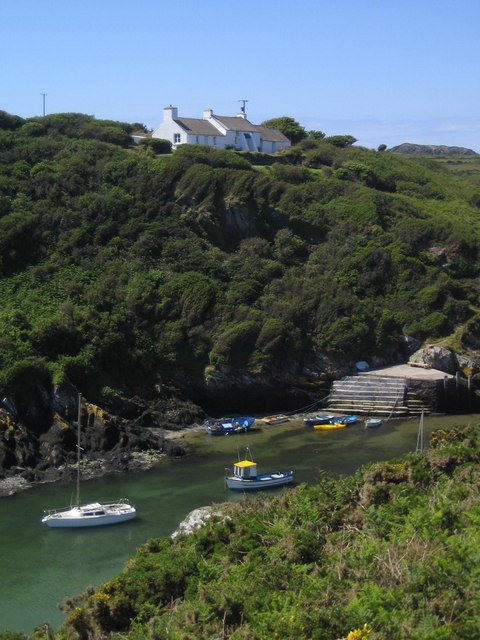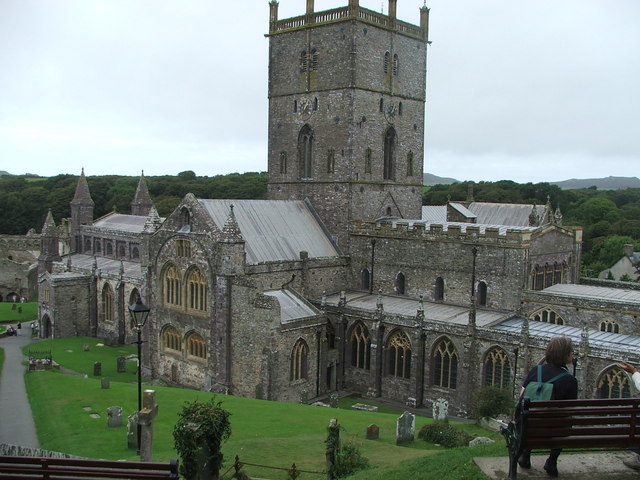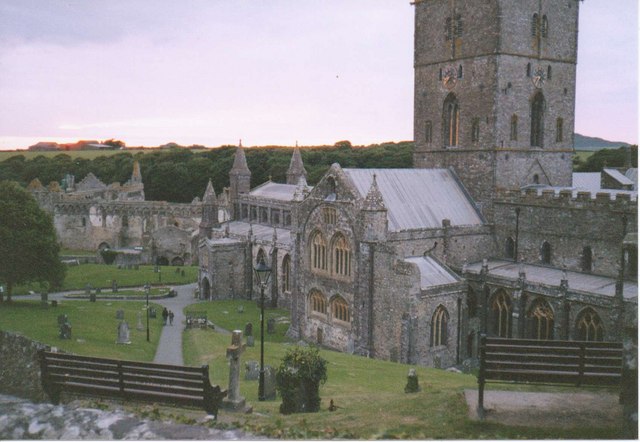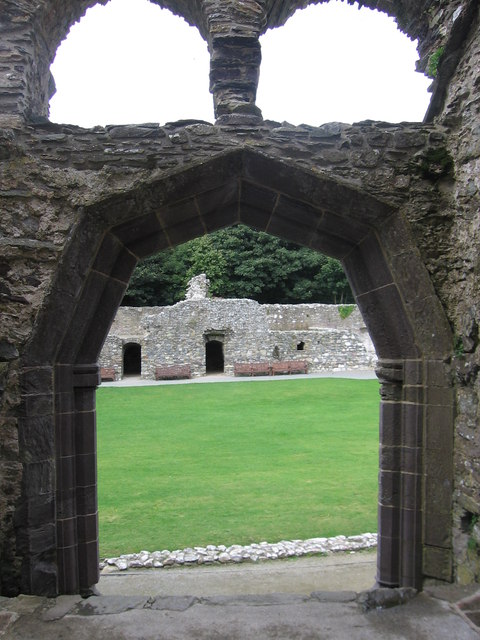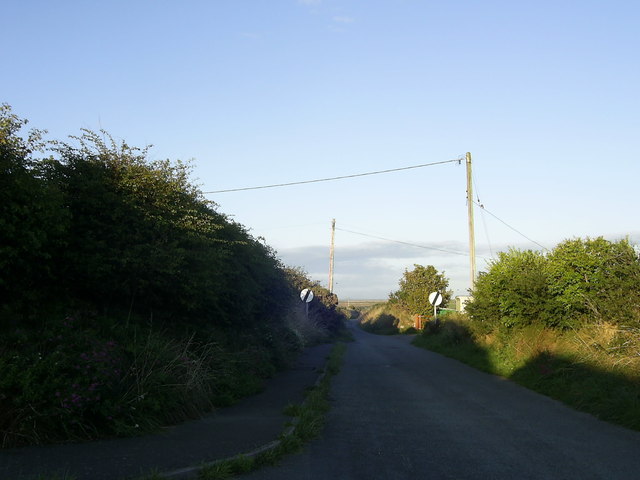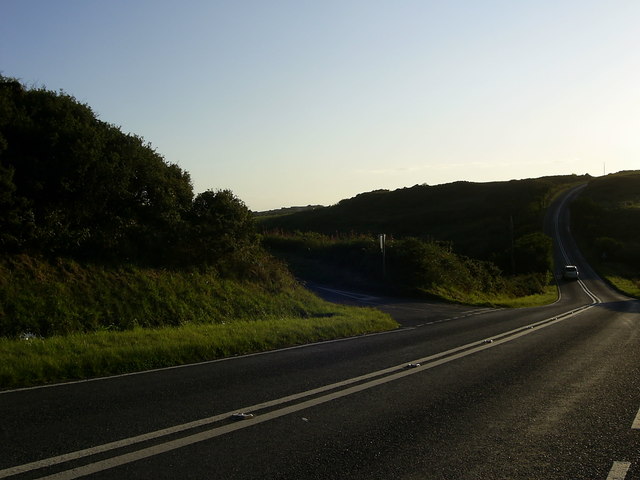Carreg Trwyn y Cyfrwy
Island in Pembrokeshire
Wales
Carreg Trwyn y Cyfrwy
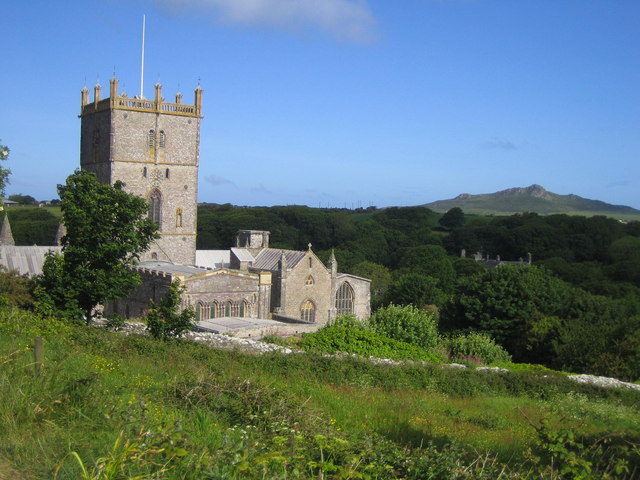
Carreg Trwyn y Cyfrwy is a small, uninhabited island located off the coast of Pembrokeshire in Wales. The island is situated just off the mainland, near the town of Fishguard, and is accessible by boat.
Carreg Trwyn y Cyfrwy is known for its rugged and rocky terrain, with steep cliffs that drop down to the sea below. The island is also home to a variety of seabirds, including puffins, guillemots, and razorbills, making it a popular spot for birdwatchers.
Visitors to Carreg Trwyn y Cyfrwy can explore the island on foot, taking in the stunning coastal views and enjoying the peaceful and remote setting. The island is a designated Site of Special Scientific Interest (SSSI), due to its important wildlife habitats and geological features.
Overall, Carreg Trwyn y Cyfrwy is a beautiful and wild island, perfect for those looking to experience the natural beauty of the Pembrokeshire coast. Its remote location and abundance of wildlife make it a popular destination for nature lovers and hikers alike.
If you have any feedback on the listing, please let us know in the comments section below.
Carreg Trwyn y Cyfrwy Images
Images are sourced within 2km of 51.86938/-5.2591184 or Grid Reference SM7524. Thanks to Geograph Open Source API. All images are credited.
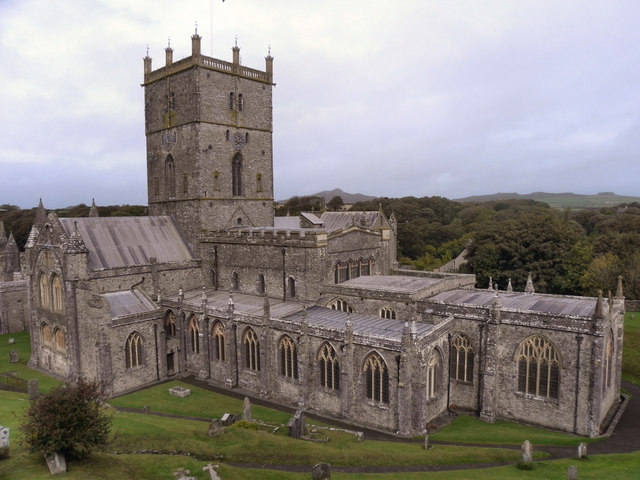
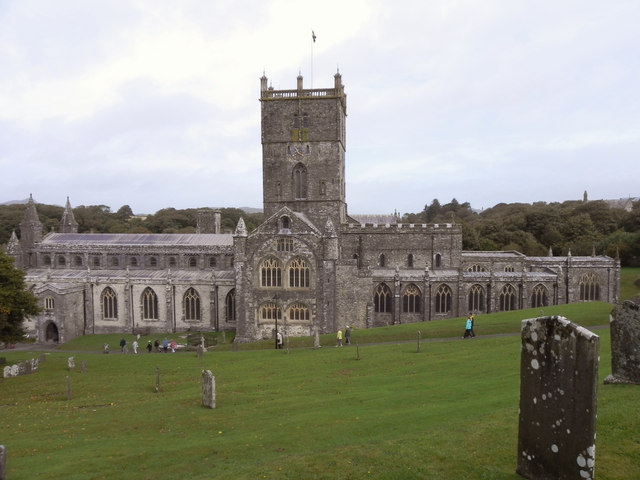
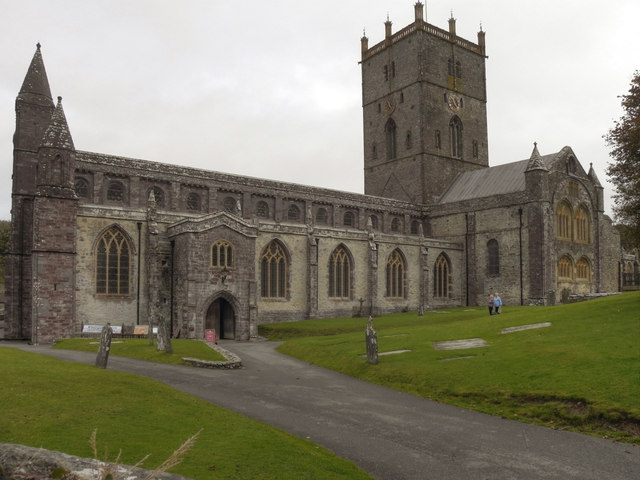
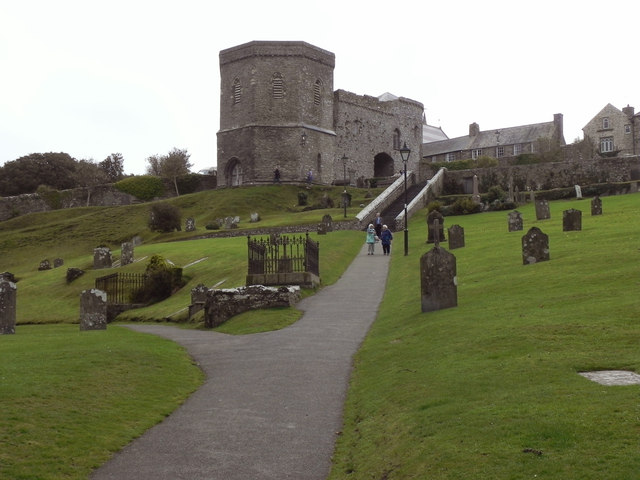
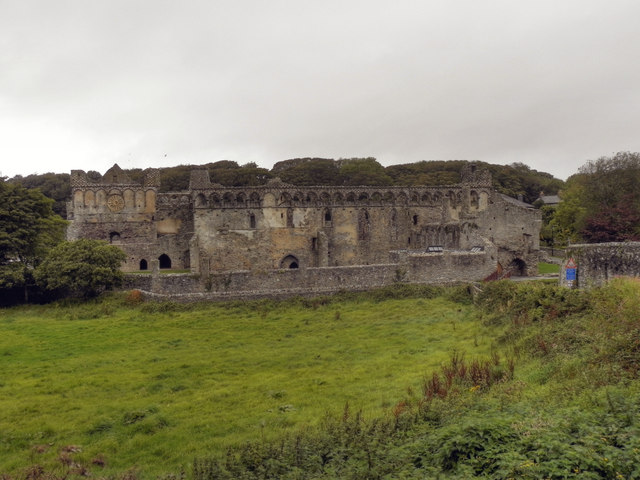
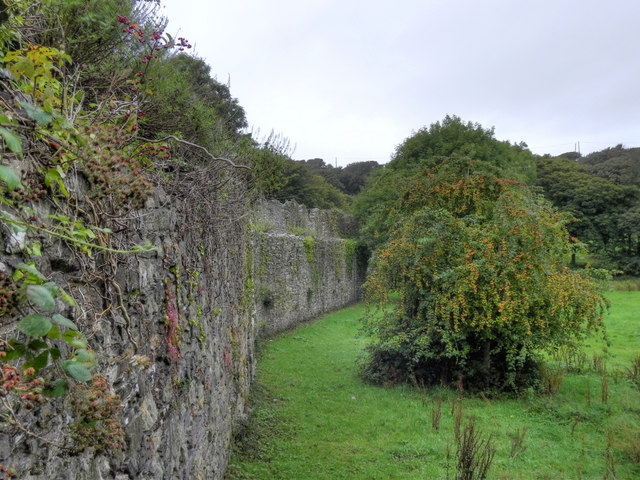
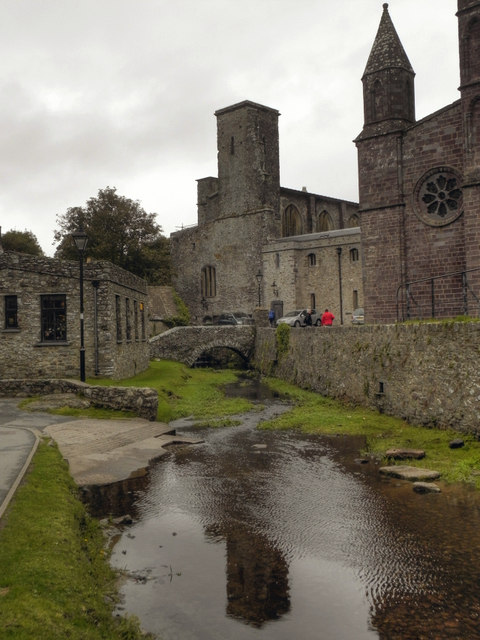
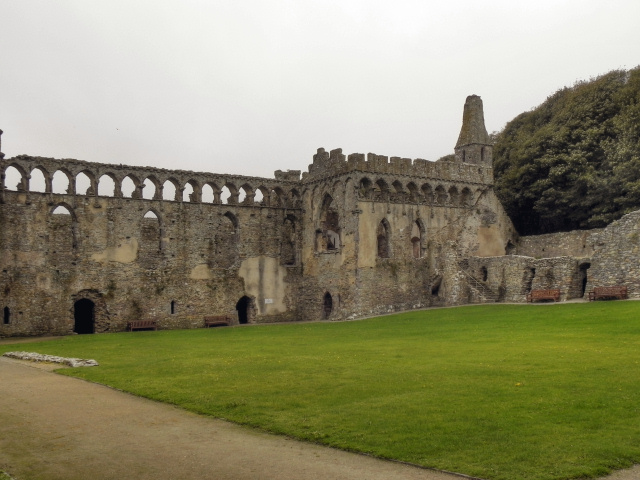
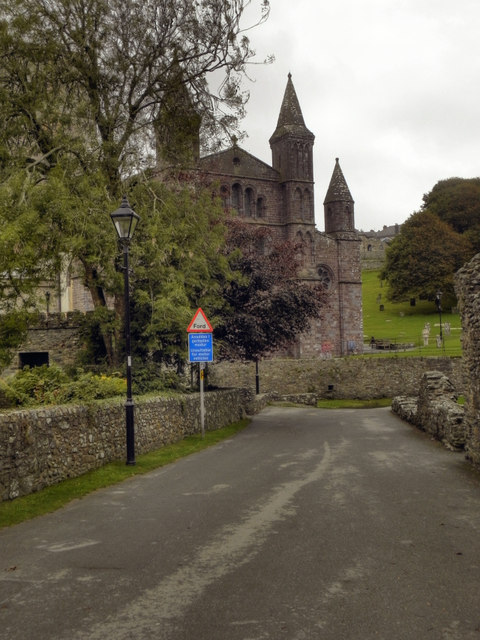
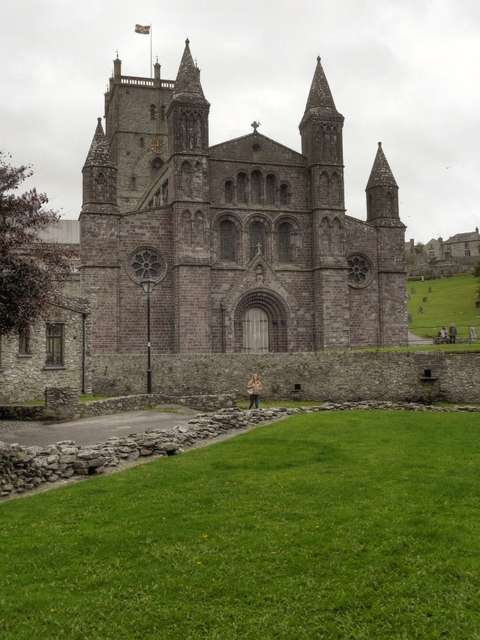
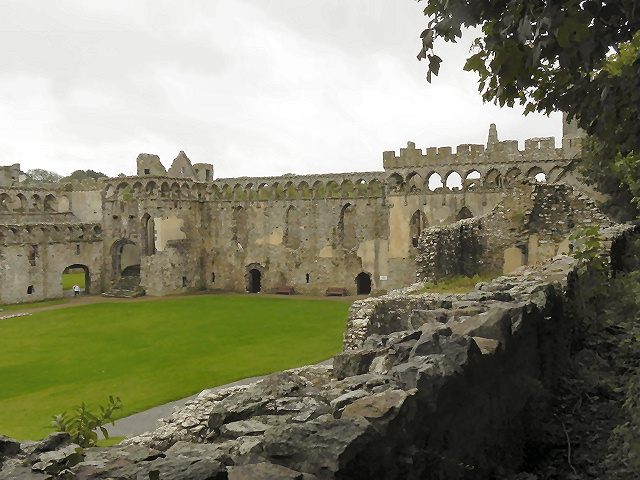
Carreg Trwyn y Cyfrwy is located at Grid Ref: SM7524 (Lat: 51.86938, Lng: -5.2591184)
Unitary Authority: Pembrokeshire
Police Authority: Dyfed Powys
What 3 Words
///villager.pitchers.drifters. Near St Davids, Pembrokeshire
Nearby Locations
Related Wikis
Caerfai Bay
Caerfai Bay is a rocky cove on the north coast of St Brides Bay near St Davids in Pembrokeshire, West Wales. It is enclosed by steep varicoloured cliffs...
Chapel of St Non
The Chapel of St Non is located on the coast near St David's in Pembrokeshire, West Wales. Held by tradition to mark the birthplace of St David, the ruin...
St Davids City Hall
St Davids City Hall (Welsh: Neuadd y Ddinas Tyddewi) is a municipal building in the High Street, St Davids, Pembrokeshire, Wales. The structure is currently...
Ysgol Dewi Sant
Ysgol Dewi Sant is a secondary school in St Davids, Pembrokeshire, Wales. == Description == The school serves the historic city of St Davids and an extensive...
Nearby Amenities
Located within 500m of 51.86938,-5.2591184Have you been to Carreg Trwyn y Cyfrwy?
Leave your review of Carreg Trwyn y Cyfrwy below (or comments, questions and feedback).
